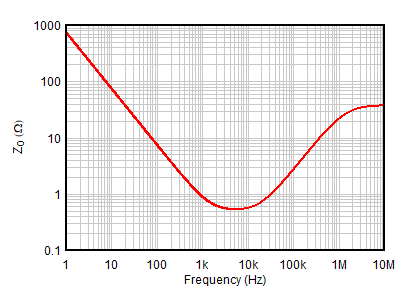SBOS901C March 2019 – September 2022 OPA1655 , OPA1656
PRODUCTION DATA
- 1 Features
- 2 Applications
- 3 Description
- 4 Revision History
- 5 Pin Configuration and Functions
- 6 Specifications
- 7 Detailed Description
- 8 Application and Implementation
- 9 Device and Documentation Support
- 10Mechanical, Packaging, and Orderable Information
Package Options
Mechanical Data (Package|Pins)
- D|8
Thermal pad, mechanical data (Package|Pins)
Orderable Information
6.7 Typical Characteristics
at TA = 25°C, VS = ±15 V, RL = 2 kΩ, and VCM = VS/2 (unless otherwise noted)
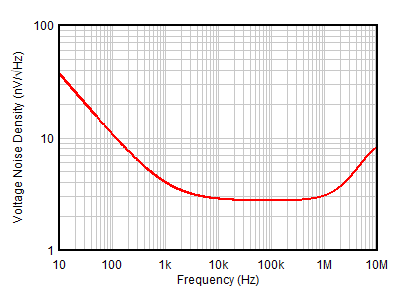
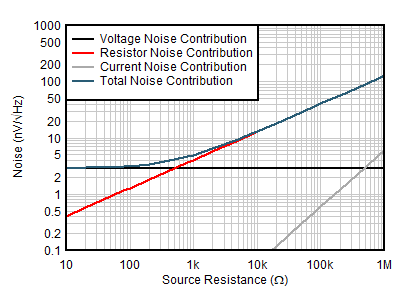
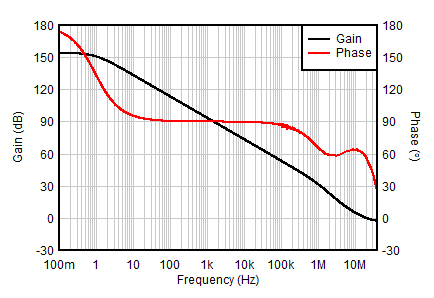
| CL = 10 pF |
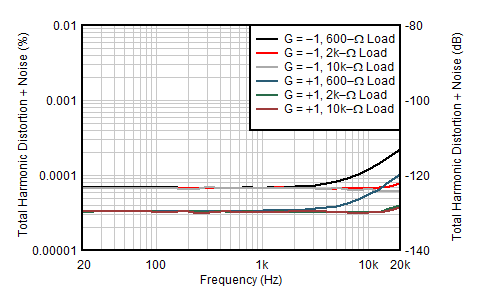
| VOUT = 3 VRMS | Bandwidth = 80 kHz |
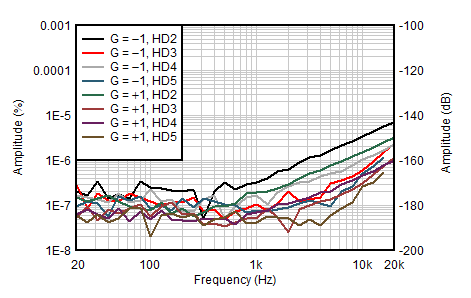
| VOUT = 3 VRMS | Bandwidth = 80 kHz |
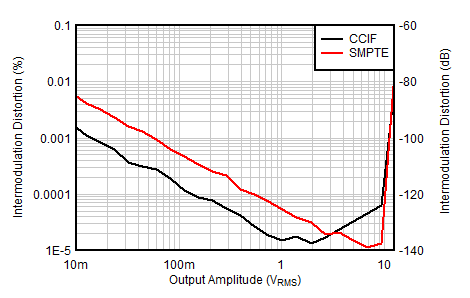
| Bandwidth = 80 kHz |
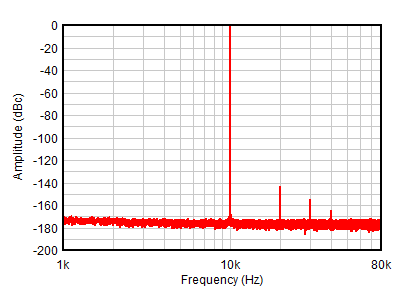
| G = 1, VOUT = 3 VRMS | RL = 2 kΩ | Bandwidth = 80 kHz |
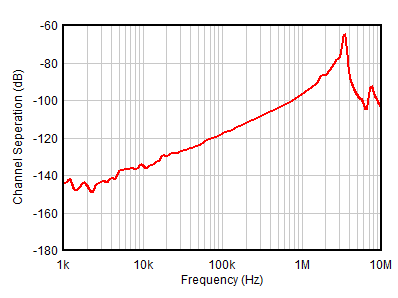
| VOUT = 3 VRMS | G = 1 |
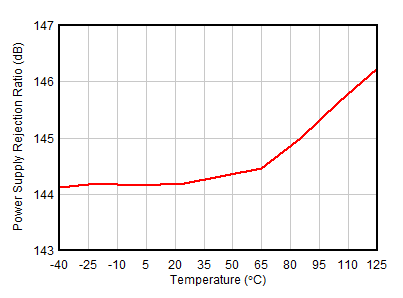
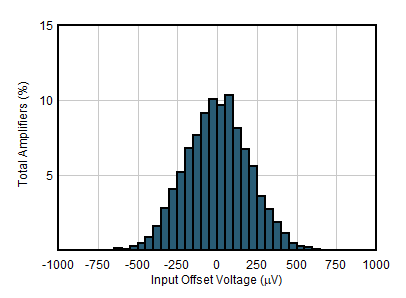
| Count = 7955 |
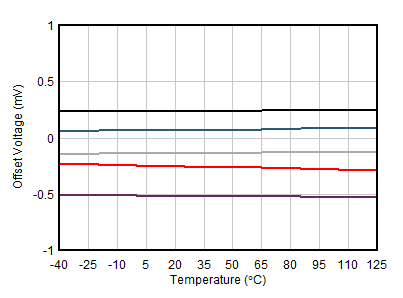
| 5 typical units shown |
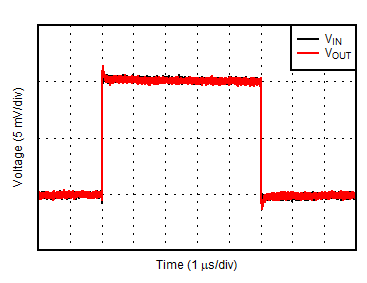
| G = 1 | CL = 20 pF |
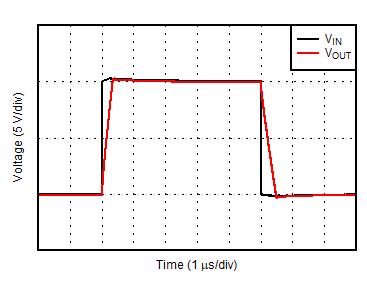
| G = 1 | RL = 2 kΩ | CL = 100 pF |
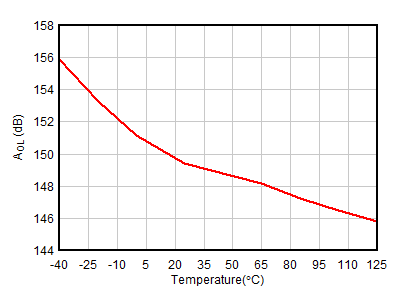
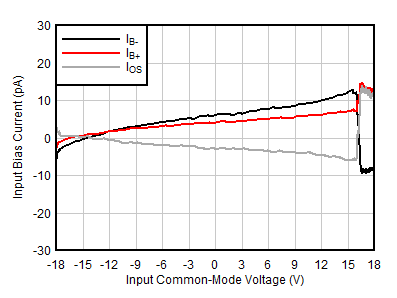
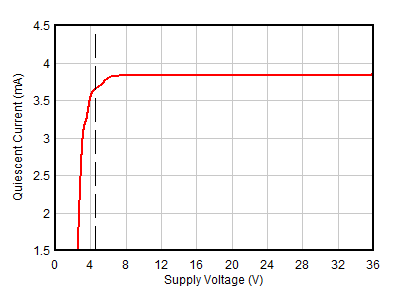
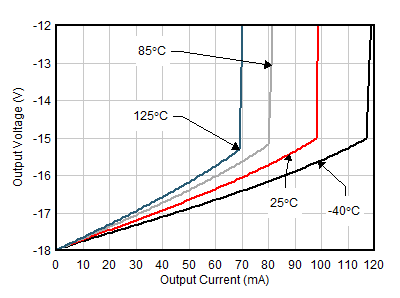
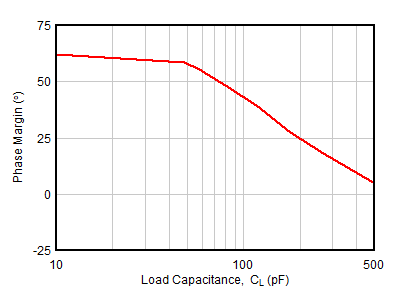
| G = 1 |
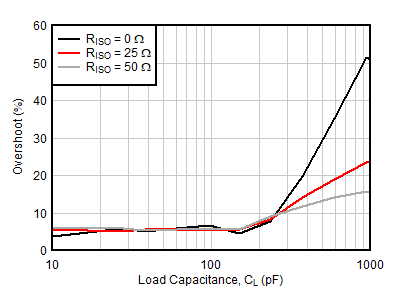
| G = –1 |
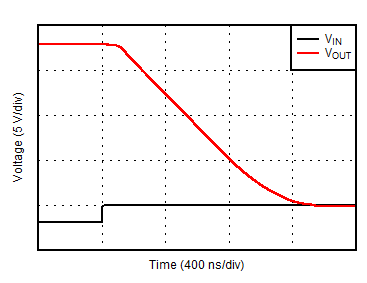
| G = –10 |

| G = 1 |
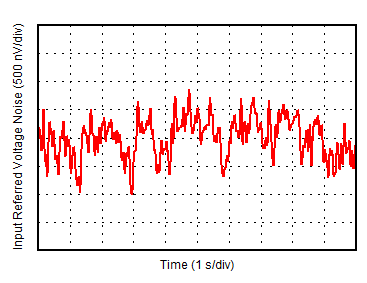
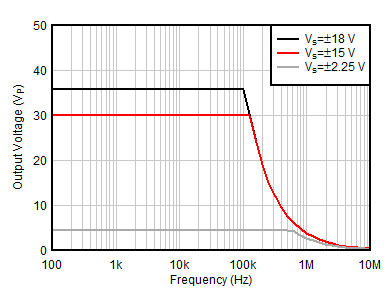
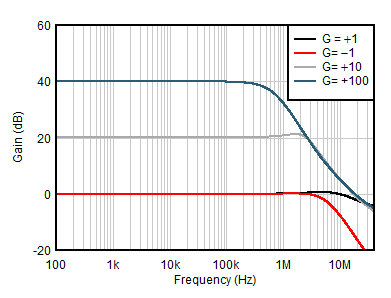
| CL = 10 pF |
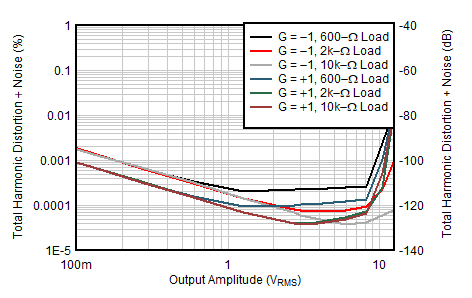
| f = 1 kHz | Bandwidth = 80 kHz |
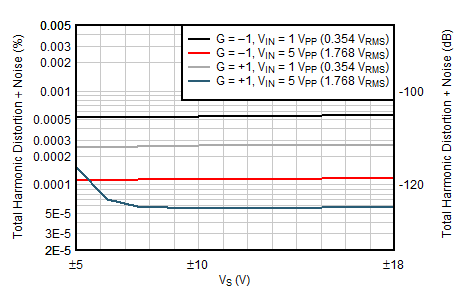
| f = 1 kHz | RL = 2 kΩ | Bandwidth = 80 kHz |
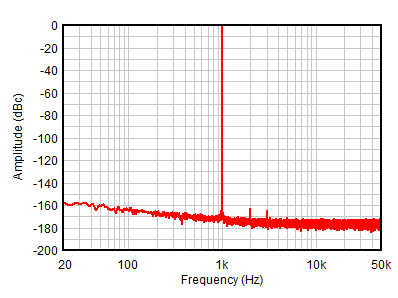
| G = 1, VOUT = 3 VRMS | RL = 2 kΩ | Bandwidth = 80 kHz |
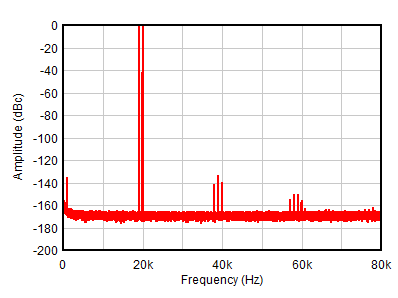
| VOUT = 3 VRMS | RL = 2 kΩ | Bandwidth = 80 kHz |
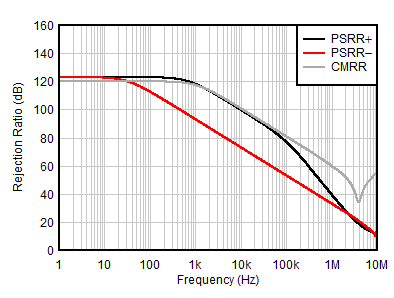
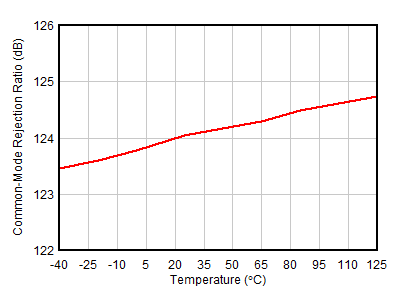
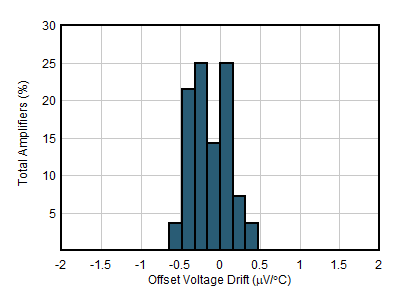
| Count = 32 |
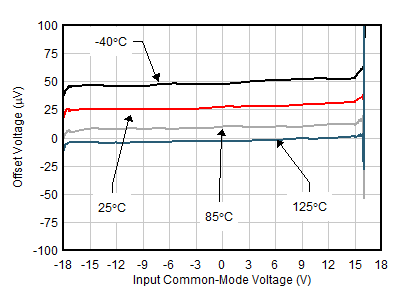
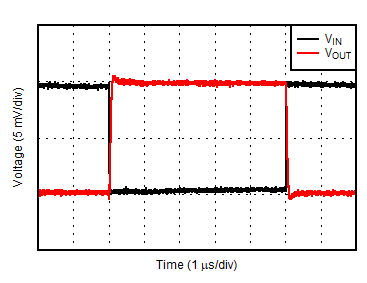
| G = –1 | CL = 100 pF |
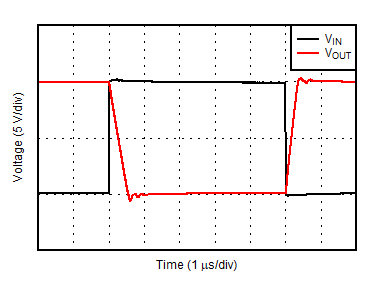
| G = –1 | CL = 100 pF |
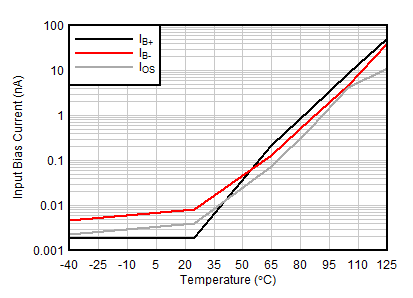
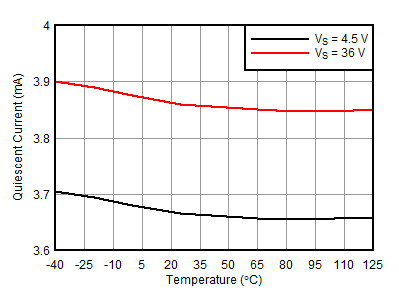
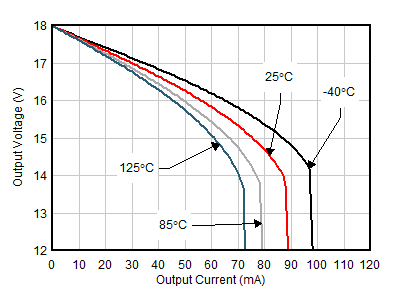
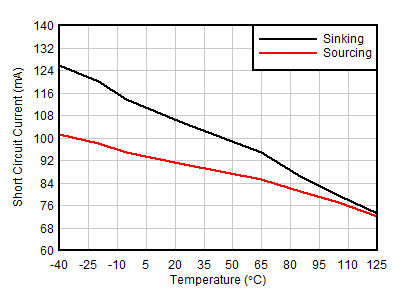
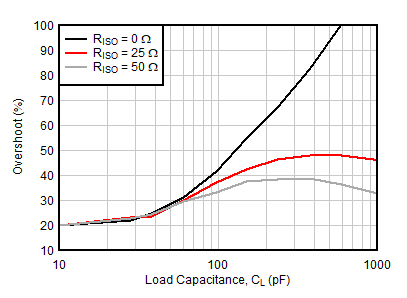
| G = 1 |
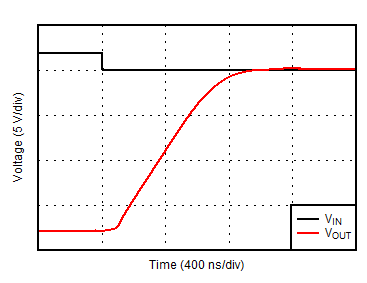
| G = –10 |
